Results
-
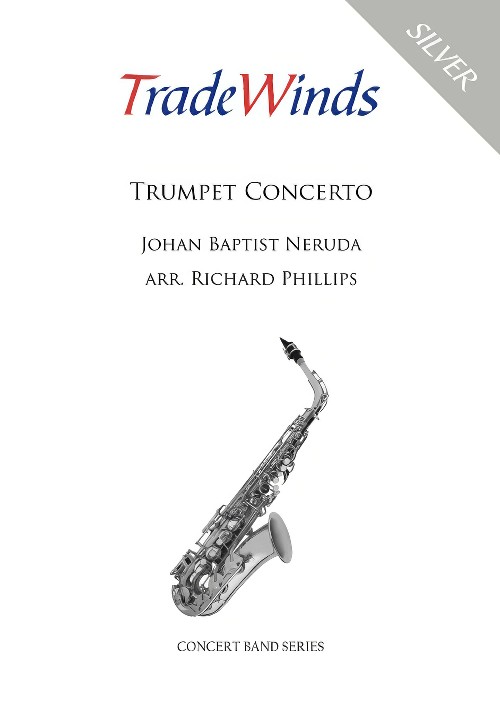 £44.95
£44.95Trumpet Concerto (Concert Band - Score and Parts) - Neruda, Johan Baptist - Phillips, Richard
Johan Baptist Georg Neruda was a classical composer born in Bohemia which is now part of the Czech Republic. Very little is known about this composer other than he had a good reputation as a violinist and conductor in Prague and Germany and became the Konzertmeister of the Dresden Court Orchestra.This concerto was composed originally for the natural horn and pitched in the high register. It is now rarely performed on anything other than an E flat or B flat trumpet.
Estimated dispatch 7-14 working days
-
 £8.95
£8.95Trumpet Concerto (Concert Band - Score Only) - Neruda, Johan Baptist - Phillips, Richard
Johan Baptist Georg Neruda was a classical composer born in Bohemia which is now part of the Czech Republic. Very little is known about this composer other than he had a good reputation as a violinist and conductor in Prague and Germany and became the Konzertmeister of the Dresden Court Orchestra.This concerto was composed originally for the natural horn and pitched in the high register. It is now rarely performed on anything other than an E flat or B flat trumpet.
Estimated dispatch 7-14 working days
-
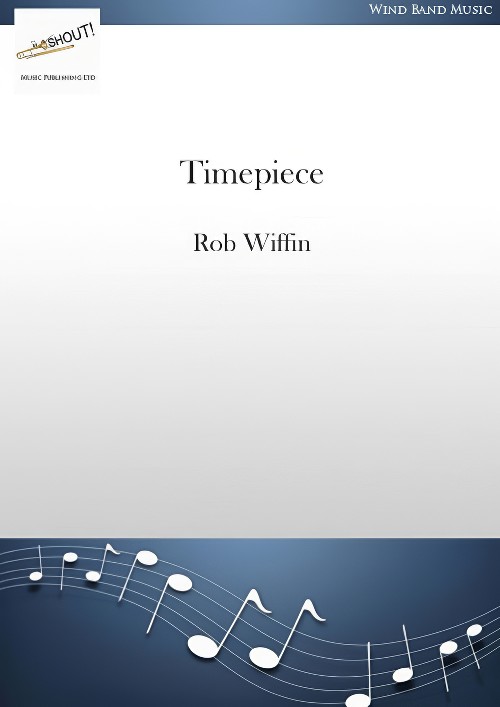 £79.95
£79.95Timepiece (Concert Band - Score and Parts) - Wiffin, Rob
Timepiece is a challenging work full of driving rhythms and relentless energy. It started life as the first movement of The Sands of Time, a commissioned work for clarinet choir. Because of the time limits of the commission, Wiffin could not develop the material as much as he had wanted to. He rescored it for wind band and included it as the first movement of a suite, but it did not sit well there because of its difficulty. Now re-worked and extended, the driving rhythms and many changes of time that give the piece its name are now balanced by a quieter, tranquil central section in 3/4. It is not easy, but most of the difficulty lies in the reading of the music rather than in any particular technical problems. It is recorded on on the RAF CD, Music in the Air.Duration: 6.15
Estimated dispatch 7-14 working days
-
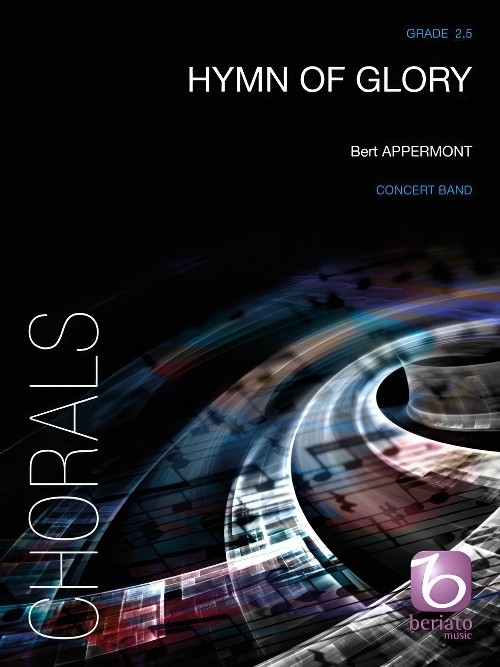 £76.99
£76.99Hymn of Glory (Concert Band - Score and Parts) - Appermont, Bert
This melodic hymn begins with a lyrical melody, handled by various instrument groups. After a gradual build, a first climax is reached, in which the brass instruments give full vent to their glorious sound in jubilation. Now we hear a second theme, resounding in the euphoniums, which ushers in a moment of rest. Then the excitement gathers again, building to a great tutti. The main theme is taken up once more, sounding now as a kind of universal gratitude.Duration: 4:00
Estimated dispatch 7-14 working days
-
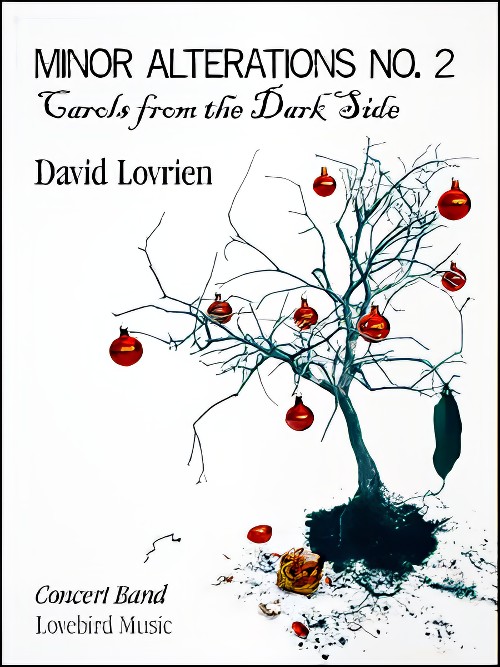 £80.00
£80.00Minor Alterations 2 (Carols from the Dark Side) (Concert Band - Score and Parts) - Lovrien, David
The long-awaited Minor Alterations sequel is here - now 31% more twisted! More familiar holiday melodies transposed from major to minor, only now they're set in the style of famous minor-keyed orchestral pieces. Your audience will never be the same after hearing "O Holy Night" set against "Ride of the Valkryies". Duration: 9.30
Estimated dispatch 7-14 working days
-
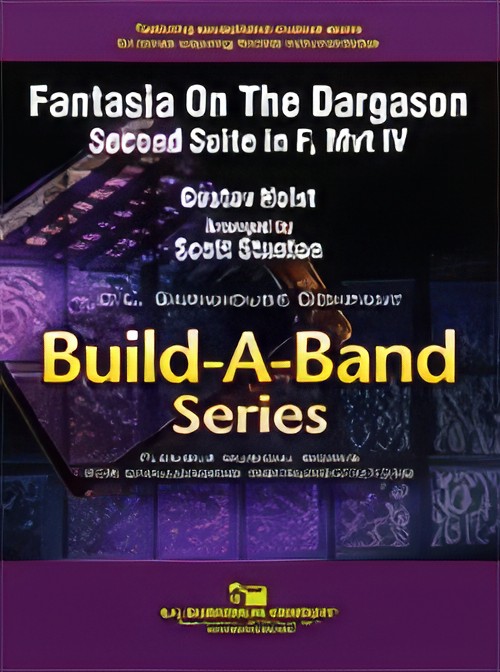 £60.00
£60.00Fantasia on the Dargason (Mvt IV from Second Suite in F) (Flexible Ensemble - Score and Parts) - Holst, Gustav - Stanton, Scott
Scott Stanton's arrangement of this classic Gustav Holst band composition now makes Holst's entire Second Suite in F available in the Build-A-Band format. Playable with any instrumentation as long as you have the four main parts covered by the instrument of your choice, the arrangement includes optional piano, guitar, mallet percussion and percussion parts. Now bands with extreme instrumentation problems or groups of very small size can experience performing this staple of the concert band repertoire. A true classic!Duration: 2.45
Estimated dispatch 7-14 working days
-
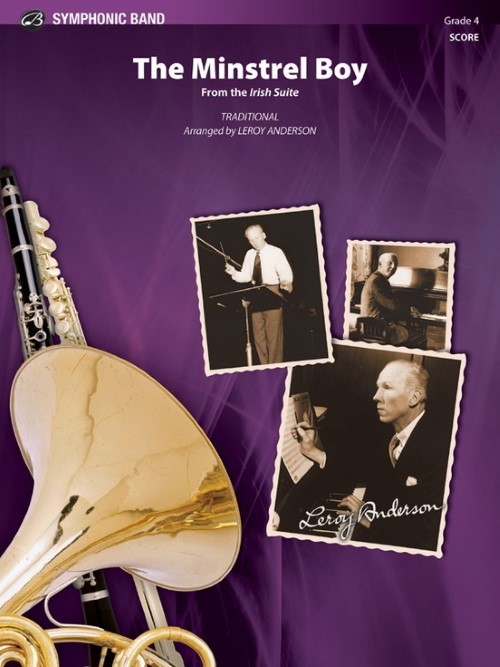 £73.50
£73.50The Minstrel Boy (from The Irish Suite) (Concert Band - Score and Parts) - Anderson, Leroy
The second movement of The Irish Suite from the creative genius of the legendary Leroy Anderson has been re-engraved now with a full score. This more stately movement contrasts stylistically with the others. All movements are now available:I The Irish WasherwomanII The Minstrel BoyIII The Rakes of MallowIV The Wearing of the GreenV The Last Rose of SummerVI The Girl I Left Behind
Estimated dispatch 7-14 working days
-
 £420.99
£420.99Four Earth Songs (Concert Band - Score and Parts) - Putz, Marco
The hymn Nun ruhen alle Wlder (Now All Forests Rest), arranged by J.S. Bach (No. 6, So sei nun, Seele, deine, from Cantata BWV 13), is a guiding light throughout this four-movement composition. Pu?tz wrote this work as a musical outcry against the wilful, profit-driven destruction of our environment. When Bach used the word "ruhen" (to rest) over 350 years ago, it probably had a different nuance from the meaning it has today. At the beginning of the 21st century - the so-called age of progress - "nun ruhen alle Wlder" should mean "now all forests die" . Massive industrialization and globalization, coupled with pure greed, corruption, political scandals, an ever-widening gap between the rich and poor, and other such senseless human actions, are pushing our blue planet closer and closer to the point of no return. This work is not intended to be a ranting accusation. It should remind us of the beauty and harmony that can exist all around us in nature, if we take care of it. Pu?tz hopes that this will, one day, help put a greater emphasis on humanity's survival, and coexistence with nature rather than the exploitation described earlier. All four texts were created by Australian poet Graeme King, whose works were discovered by Pu?tz, by chance on the internet. Pu?tz was especially captivated by King's clarity, and intrigued by the possibilities of adapting and melding the strong rhythmical structure of King's writing with his own musical language. The four movements are as follows: 1. Tears of Nature 2. Grrrevolution 3. Stand up! 4. Tomorrow The world premire of Four Earth Songs took place on 7 July 2009 at the 14th WASBE-Conference in Cincinnati (USA). This work is dedicated in friendship to Jouke Hoekstra, conductor, and the Frysk Fanfare Orkest (the Frisian Fanfare-Orchestra).Duration: 27:30
Estimated dispatch 7-14 working days
-
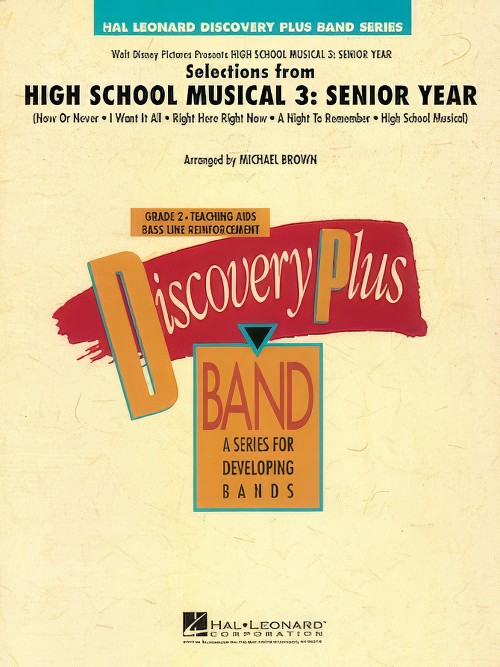 £57.50
£57.50High School Musical 3: Senior Year, Selections from (Concert Band - Score and Parts) - Brown, Michael
Here's the first High School Musical instalment to hit the big screen! Featuring catchy tunes and boundless energy, this skilfully scored medley for band is guaranteed to light up the concert stage. Includes: Now or Never; Right Here, Right Now; I Want It All; A Night to Remember; and High School Musical.
Estimated dispatch 7-14 working days
-
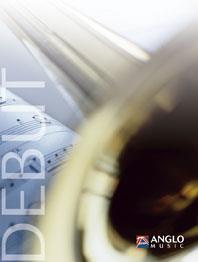 £79.99
£79.99Land of Hope and Glory (Concert Band - Score and Parts) - Elgar, Edward - Sparke, Philip
Elgar's five Pomp and Circumstance Marches were written between 1901 and 1930 with number 1 undoubtedly being the most popular of the five. King Edward VII told Elgar that the tune would 'go round the world' if words were fitted to it. Elgar took the hint and included it (with slight rhythmic changes) in his Coronation Ode of 1902, with words by A. C. Benson. Thus was born Land of Hope and Glory which is now, of course, an integral part of the annual Last Night of the Proms, when the audience (with varying degrees of success!) sing the words along to the original march. Now your concert band can enjoy all the pomp and ceremony of the proms with this arrangement by Philip Sparke.Duration: 2:30
Estimated dispatch 7-14 working days
